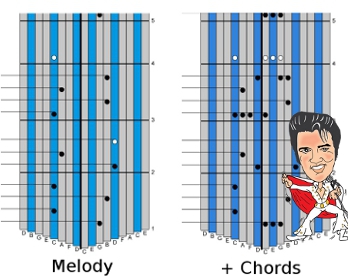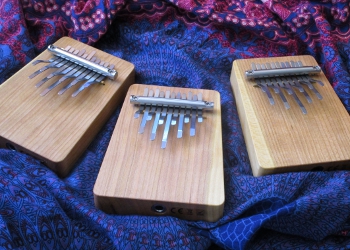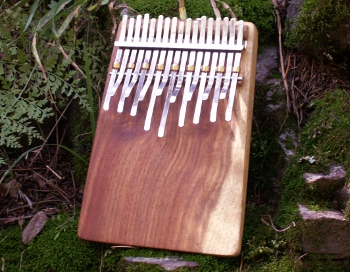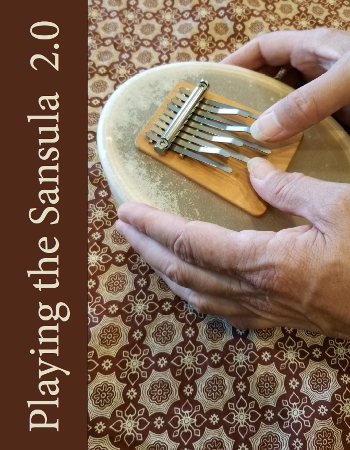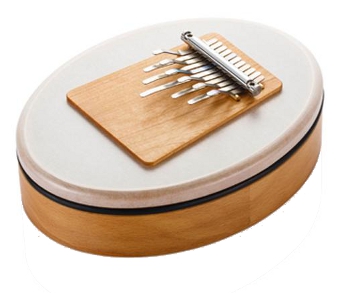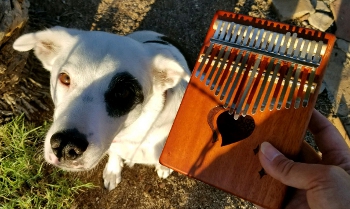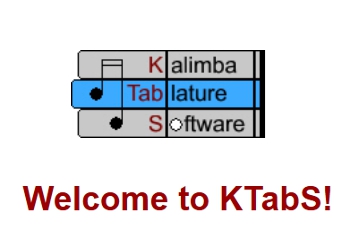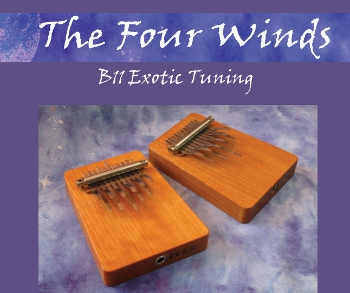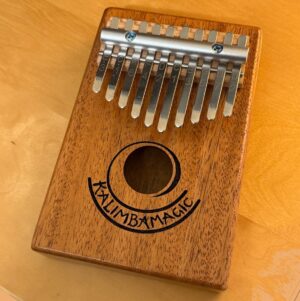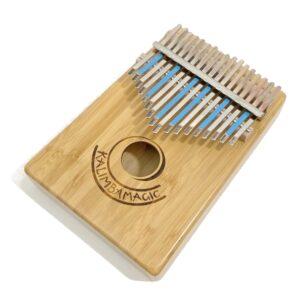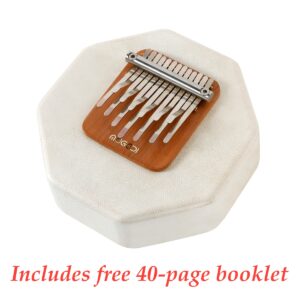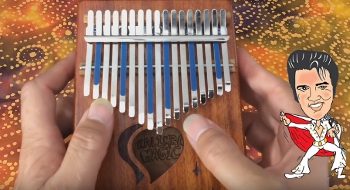
Learn to Play “I Can’t Help Falling in Love With You” on Kalimba
Get Free Tablature for 17-Note Kalimba in C Click for free 4-page PDF tablature download for this song You may very well know that right now, the most popular kalimba video in the world is by Acoustic Trench, playing “I Can’t Help Falling in Love With You” (made most famous by Elvis Presley in 1961) on an alternatively-tuned 17-Note kalimba. Trench’s tuning made a bass scale, going from the center to the far left – and a treble scale, going from the center to the far right. He played melody on the right and accompaniment on the left. Well now – let’s just say that right now you are sitting
